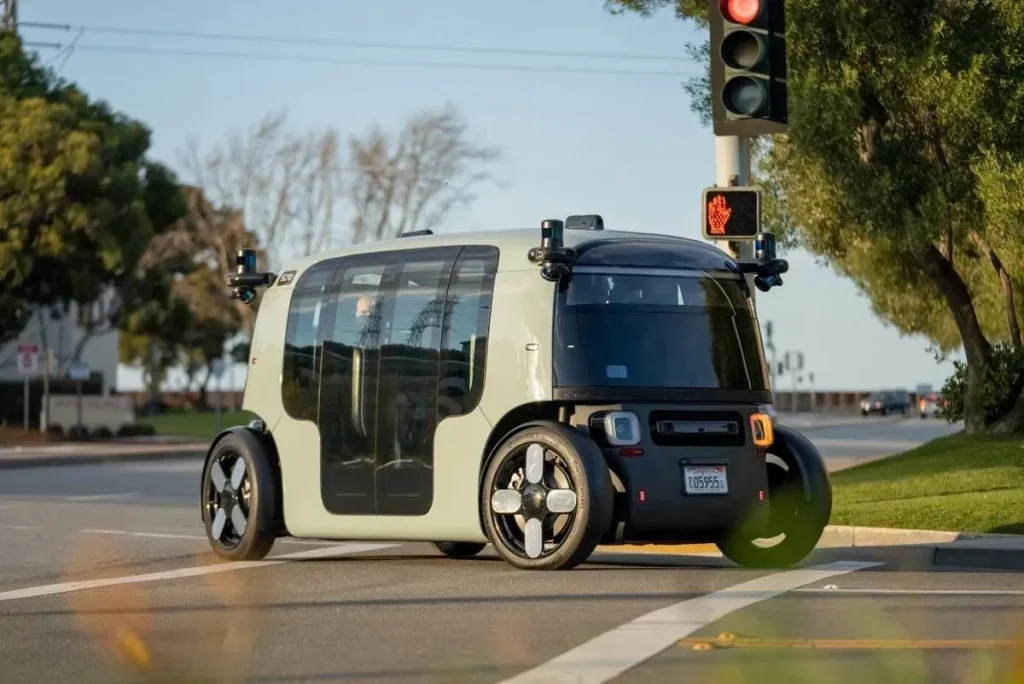Driverless taxis are poised to revolutionize urban transportation, merging self-driving technology with everyday commuting needs. Major industry players, such as Waymo and Tesla, are racing to develop robust robotaxi services that promise to reshape how we navigate our cities. As autonomous vehicles become increasingly mainstream, the potential impact on society is as profound as that of the internet and smartphones. With Waymo already providing paid rides in locations like San Francisco and Los Angeles, the competition is intensifying, particularly with Tesla’s ambitious Cybercab project underway. This rapid development highlights a future where travel may become safer, more accessible, and incredibly efficient.
The rise of autonomous ride-sharing services is becoming an undeniable trend in modern transportation. With an increasing focus on automated travel options, companies are exploring the possibilities of robotaxis to enhance mobility and ease congestion. Leading names in the industry, including Waymo and the innovative Tesla Cybercab, are at the forefront of this transition, aiming to deliver seamless and safe journeys without human intervention. As technology advances, the landscape of urban transportation is transforming, paving the way for a new era of autonomous vehicles that promise to reshape our daily lives.
The Rise of Driverless Taxis
The emergence of driverless taxis marks a revolutionary shift in urban transportation. Companies like Waymo, Zoox, and Tesla are at the forefront of this innovation, leveraging self-driving technology to reshape how we navigate our cities. Waymo has been leading the pack, offering paid autonomous rides in major metropolitan areas, while Tesla continues to enhance its Full Self-Drive feature. With the infrastructure for autonomous vehicles steadily expanding, the reality of driverless taxis is becoming increasingly attainable.
As a result of these advancements, cities may soon witness a dramatic reduction in traffic congestion and improved air quality. The prospect of widespread use of robotaxi services could lead to fewer personal vehicles on the road, transforming urban planning and commuting habits. Moreover, experts predict that this shift could revolutionize industries surrounding transportation and logistics, paving the way for an era defined by efficiency and sustainability.
Frequently Asked Questions
What are driverless taxis and how do they work?
Driverless taxis, also known as robotaxis or autonomous ridesharing vehicles, utilize self-driving technology to transport passengers without a human driver. These vehicles employ a combination of sensors, cameras, and artificial intelligence to navigate roads, avoid obstacles, and follow traffic laws, ensuring a safe ride.
Who are the major players in the driverless taxi industry?
The major players in the driverless taxi industry include Waymo, Tesla with its Cybercab concept, and Amazon’s Zoox. Waymo is currently leading with active services in cities like San Francisco and Los Angeles, while Tesla and Zoox are developing their autonomous technologies and preparing for commercial launches.
How does Waymo differ from Tesla’s Cybercab in the driverless taxi market?
Waymo’s driverless taxis are retrofitted vehicles from Jaguar that operate in designated urban areas, providing established paid rides. In contrast, Tesla’s Cybercab is a prototype vehicle designed specifically for autonomy, with no steering wheel or pedals, focusing on an envisioned future of fully autonomous transport.
What challenges do driverless taxis face in urban environments?
Driverless taxis face several challenges, including navigating adverse weather conditions, managing complex urban traffic, and the need for sufficient charging infrastructure. Incidents involving autonomous vehicles, like those reported with Tesla’s Full Self-Drive technology, may also impact public perception and regulatory acceptance.
When can we expect widespread adoption of driverless taxis?
Experts estimate that widespread adoption of driverless taxis in the U.S. could take around 15 years. While companies like Waymo have established some operations, full integration into daily transportation will depend on technology reliability, safety testing, and regulatory approval.
What recent developments have influenced the driverless taxi market?
Recent developments include Waymo expanding its service areas in Los Angeles and San Francisco, Zoox opening a new manufacturing facility aimed at producing 10,000 robotaxis annually, and Tesla testing its driverless Cybercab in cities like Austin, Texas, amidst ongoing regulatory considerations.
How does the testing of driverless taxis impact their future deployment?
The testing phase for driverless taxis is crucial for ensuring safety and technological reliability. Successful tests contribute to public confidence and regulatory approvals, while any incidents or failures during this period could significantly delay the overall progress of autonomous vehicle deployment.
What is the potential impact of driverless taxis on society?
The potential impact of driverless taxis on society could be profound, similar to the effects of the internet and smartphones. They promise to reshape urban transportation, reduce traffic congestion, and enhance accessibility while creating new economic opportunities in the mobility sector.
Will driverless taxis be safe for passengers?
While driverless taxis like those from Waymo and Tesla utilize sophisticated safety features, their safety is still subject to active testing and development. Continuous improvements in technology, along with regulatory oversight and public confidence, will be essential to ensuring passenger safety.
What sets Zoox apart from Waymo and Tesla in the driverless taxi space?
Zoox distinguishes itself by designing a unique, purpose-built robotaxi with no driver’s seat, pedals, or steering wheel, aimed at optimizing passenger experience. Unlike Waymo’s retrofitted models, Zoox’s vehicles are tailored specifically for autonomous ride-hailing, showcasing innovative design and technology.
| Company | Current Status | Unique Features | Future Plans |
|---|---|---|---|
| Waymo | Paid autonomous rides in several cities like San Francisco and Los Angeles. | Uses retrofitted Jaguar vehicles; methodical and consistent approach. | Expanded service area to cover over 120 square miles in LA; additional areas in San Francisco. |
| Zoox | Just opened a new production facility in the Bay Area. | Purpose-built taxi without steering wheel or gas pedals; testing distinctive pill-shaped vehicles. | Ready to launch public ride-hailing service in Las Vegas and San Francisco this year. |
| Tesla | Testing driverless Teslas in Austin with ambitions to launch a service soon. | Full Self-Drive feature in development; has a Cybercab prototype. | Plans for a strong ride-hailing service; launch postponed per local lawmakers’ request. |
Summary
Driverless taxis are revolutionizing transportation, and the competition is heating up among major players like Waymo, Zoox, and Tesla. As these companies innovate and expand their services, the future of mobility looks closer to autonomous taxi services becoming commonplace on our roads. With advancements and challenges in testing, the path to widespread adoption is being closely watched by both the public and industry experts.



